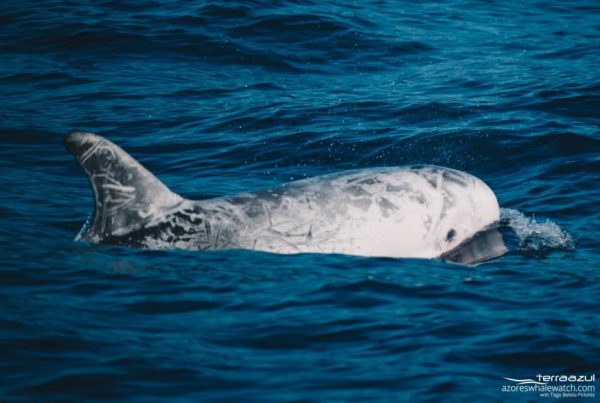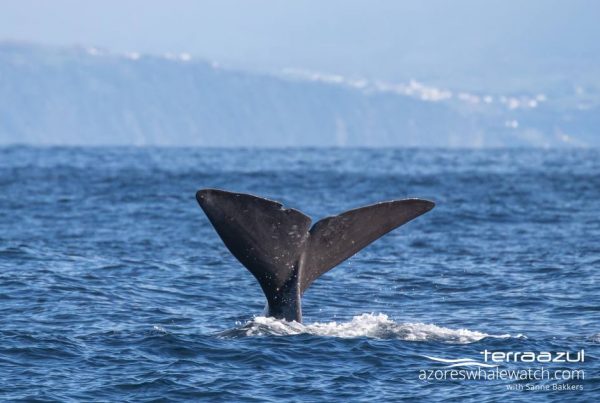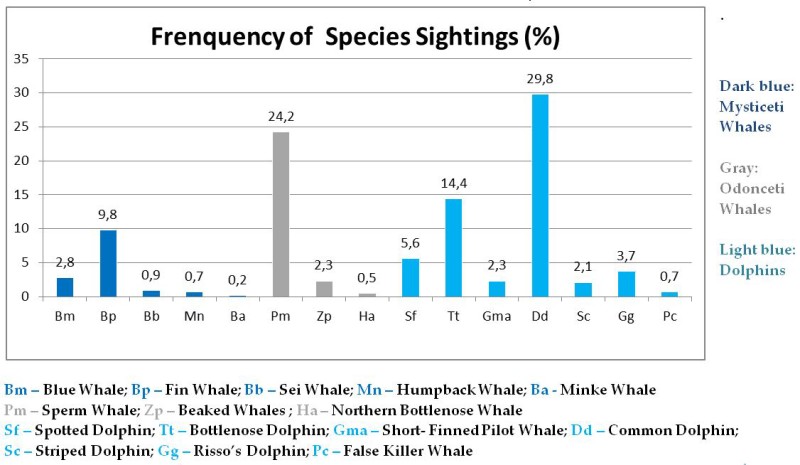
During the 2014 season TERRA AZUL successfully accomplished a total of 371 tours – 274 Whale Watching Tours; 72 Swimming with Dolphins; 25 Private Tours. On the following Report we will exclusively ponder Whale Watching Tours sightings. They were most significant for “our” MONICET PROJECT. This systematic project results from a long-term cooperation with of UNIVERSITY OF THE AZORES since 2009. Basically we are responsible to collect daily basis on-the-ocean statistics and information witch afterwards are scientifically validated by Marine Biology Department Researchers.
Then this data is accessible on a Website Platform (http://www.monicet.net) that is available for general Public and Scientists around the world with interest on cetacean studies. Our vision is to contribute for a better knowledge about Azorean Whales and Dolphins populations, distributions, feeding and nursery areas, etc. We strongly believe on benefits of Whale Watching for marine wildlife conservation. TERRA AZUL makes every tour a «research opportunity» because “no one will love something they don’t know”! We are committed to Ecotourism, Education and Conservation, TERRA AZUL’s key-values as a social responsible company.
On this present season we were able to collect data on 145 tours out of 229 (not 274 because on 45 WW Tours, both boats were out on the ocean doing the same tours and to prevent collecting double data, only one boat was responsible for it, hence the 145 tours). A total of 430 sightings of which 178 (41,4%) were Whales and 252 (58,6%) were of Dolphins (included in this group are the Pilot Whales and the False Killer Whales that scientifically are dolphins as they belong to the Delphinidae Family in the Odontoceti Suborder).
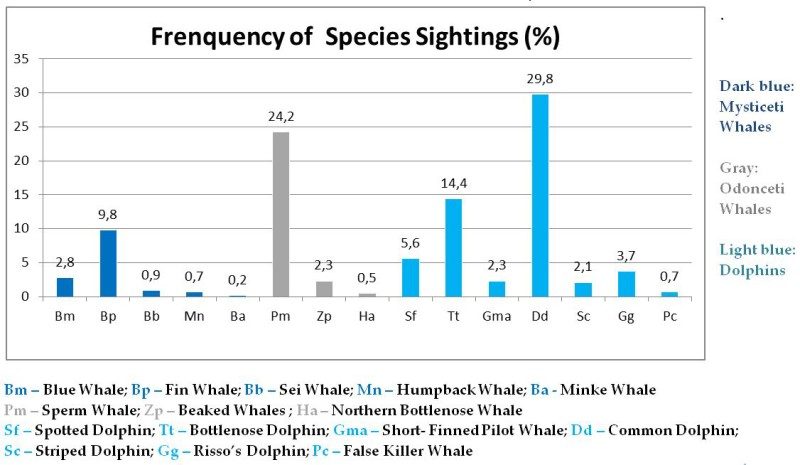
A total of 15 species (out of 24 possible to observe in Azores) were recorded. However, Orcas were sighted only one time during the season, making the total 16. But since there was no data collected on this tour it won’t be included in the graphic.
The Top 3 ranking species with the higher frequencies were the Common Dolphin (29,8%), followed by the Sperm Whale (24,2%) and the Bottlenose Dolphin (14,4%).
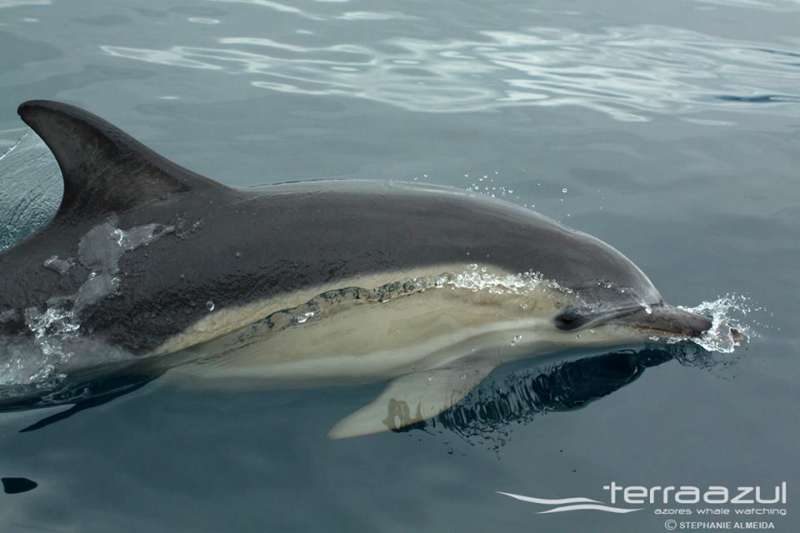
Common Dolphin/Delphinus delphis
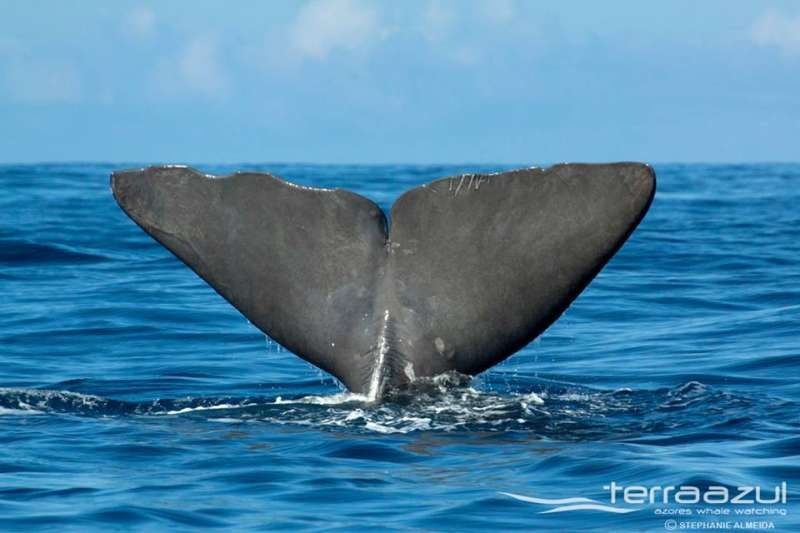
Sperm Whale/Physeter macrocephalus
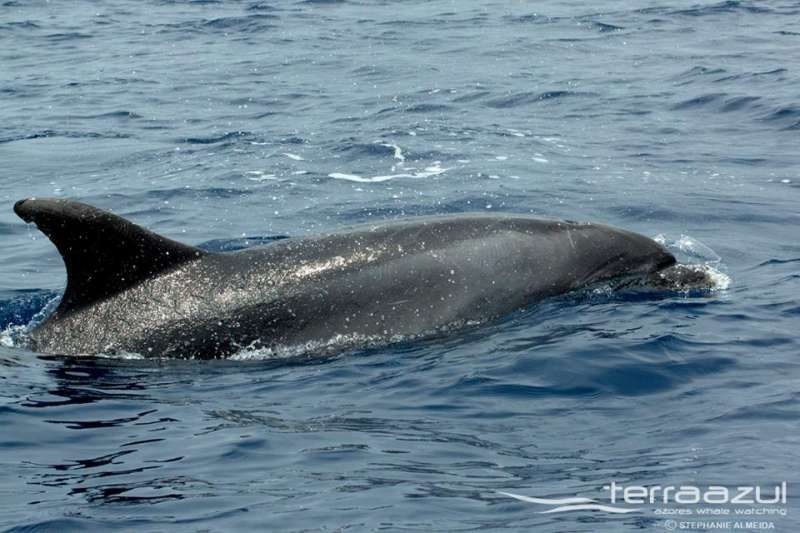
Bottlenose Dolphin/Tursiops truncatus
As typical, April and May were fantastic for observations of Baleen Whales (Mysticeti Whales) as they pass thorough the Azores on their epic migratory journey further north, usually until mid-June. But this year they were sighted until mid-July, with the last sighting being on the 19th (Fin Whale) and 20th of July (Blue Whale). We also noticed a large increase of the Blue and Fin Whales sightings compared to the last season. Statistics show 0,7% to 2,9% on the Blue Whales and 3,7% to 9,8% on the Fin Whales.
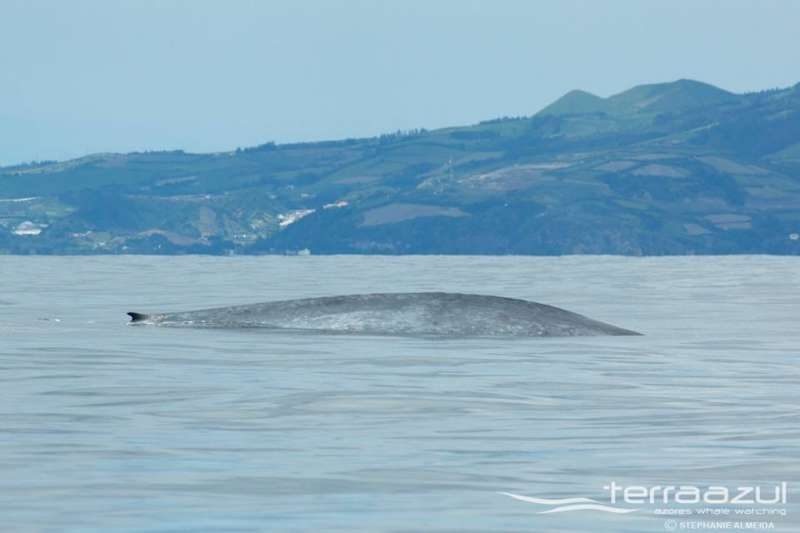 Blue Whale/Balaenoptera musculus
Blue Whale/Balaenoptera musculus
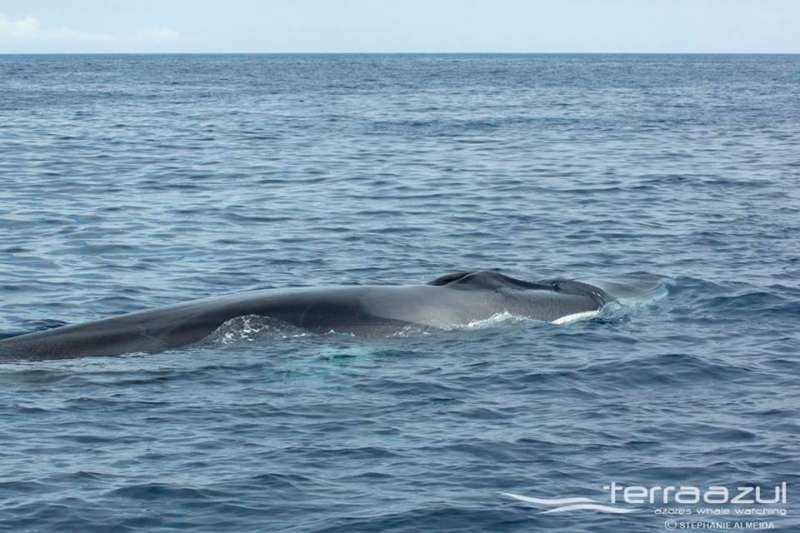
Fin Whale/Balaenoptera physalus
This past season there was definitely an increase of the presence of Baleen Whales, both in frequency and distribution. We have been seeing this increase happen for the last few years, but specially this year. This is a good sign!
Let’s see what the 2015 season will bring!
Stay tuned for more updates on our adventures in the ocean with the Whales and Dolphins!




